Closed circuit television (CCTV) was once very difficult to set up. You’d need to buy expensive equipment, lay cables, get multiple monitors, and, in cases where you’d want to use radio signals, apply for licenses. Then there was the issue of who would be watching the camera feeds around the clock, or how to record them and store the recordings.
Digital video, Wi-Fi, the internet, and apps have made it easier than ever to watch your home. But this has brought concerns of privacy and security: It’s not always easy to tell where footage is being stored, who is given access to it (especially in cloud storage), and what is being done with the information.
In more extreme cases, there is the risk of someone being able to directly connect to the camera to watch the feed and possibly even gain control over your device.
So while attempting to safeguard your home, it’s essential to look for security features on the devices themselves.
Here are our reviews of the most popular home security cameras.
Jump to…
Google Nest
Ring by Amazon
Wyze Cam v2
Netvue Camera

Google Nest
Google took its first steps toward adding home security products in 2013, when it bought hardware company Nest. Matt Rogers, one of Nest’s founders, was a lead engineer on the early versions of the iPhone, so the acquisition was thought to be somewhat of a coup for Google.
The Google Nest indoor camera is exquisite to look at. It’s not clunky and doesn’t come across as invasive, which is important for a product that is actually all about invasiveness.
Price
It’s priced at about 180 USD, although there is an upgraded model for about 290 USD that offers 4K video.
Installation
Included in the box is the camera, a set of instructions, a plug, as well as a wall mount.
To get started, you must download the Google Nest app and scan the QR code at the back of the device. The account is registered with your Google account (Nest no longer supports non-Google accounts). Once all the authentication details are complete, the app looks for the nearby Nest camera and asks you to connect it to your home Wi-Fi network.
We recommend that you set up two-factor authentication (2FA) for your Nest app for greater security. This means requiring the use of a second code to access your account, after entering your password.
You must also provide a precise location (the app can triangulate it on your behalf). However, I found the app’s location tracking to be off by a few hundred meters and had to manually reconfigure the entry.
The camera must be connected to Wi-Fi at all times as well as plugged in to a power source. There is no option to use a battery.
It’s possible to share the camera’s live video stream with people you know and trust. However, you should not give them your username and password under any circumstances. Instead, you can toggle the settings within the Nest app to give family members access. They will have to accept the invite and set up their own account in order to do so. More details in this tutorial.
The entire process of setting up the camera, downloading the app, connecting it to Wi-Fi, and establishing a live feed took under 15 minutes.
Privacy and security issues
So how safe is my Nest account?
I found it somewhat surprising that Google didn’t bother to educate me on the possibility of setting up 2FA for my Nest camera when downloading the app. Most people might be unaware that 2FA is even possible here. When you do set up 2FA, we urge you not to use a code sent by SMS (generally considered the least secure form of 2FA) but instead choose to use an authenticator app or a hardware device.
In order to store live footage online (for a maximum of 30 days), you have to upgrade to a monthly Nest subscription. An initial one-month free trial is included, but you’ll have to cough up about 10 USD each month after that. Without the monthly subscription, you can use your camera to watch a live feed and get instant alerts on movements, but that’s about it.
Google says all footage is encrypted within the camera and uploaded to the cloud, thereby maintaining its integrity. And there haven’t been any documented cases of unauthorized video sharing with law enforcement agencies (unlike with Ring).
And yet, Nest hasn’t had a stellar track record for privacy and security. The Nest secure alarm system had a secret microphone that the company didn’t reveal. Nest cameras have also been hijacked to spread North Korean propaganda and, in another incident, to urge people to sign up for a popular YouTuber’s channel.
A user once found that he could still access his Nest camera after selling his device and resetting the app. While Google later fixed this problem, it drove home the invasiveness of a home camera.
Our take on Google Nest
The Google Nest camera is considered to be one of the best indoor security cameras around, and it shows. A wide-angle lens, a robust night mode, and a pleasant user experience mean that it’ll definitely get the job done when it comes to recording events and displaying live feeds.
But it’s hard to shake off the feeling that it’s more of a baby monitor than an effective security device. In my experience, the device sometimes didn’t detect certain alerts especially if they were close to each other. Extrapolating that could mean that an intruder would set it off, and it wouldn’t let you know until it was too late.
What we like:
- Very easy to set up
- Syncs well with your phone
- Beautiful, sturdy design
- Wide-angle lens
- Clear footage
- Two-factor authentication available
- Camera access can be shared
What we don’t like:
- Must know the exact location of your home
- Privacy risks of video uploaded to the cloud
- Past privacy issues uncovered
Overall score: 8/10

Ring by Amazon
Founded in 2013 as Doorbot, this device’s name was changed to Ring shortly after and was acquired by Amazon in 2018. Ring is primarily marketed as a mix of a traditional intercom and a security camera. Its flagship product, the doorbell, is by default activated either by motion or by pushing a button. This sends a notification to the owner’s phone. The owner can then communicate with the guest remotely and receive a picture or live video of what’s going on at the door. The camera can also be configured to act as 24/7 CCTV. To store recordings, users need to subscribe to a monthly service.
Price
Ring by Amazon costs about 200 USD.
Installation
You’ll first download the Ring app and register an account. Be sure to protect your Ring account and your email account with a strong password and two-factor authentication. This account is connected to your email address, and the password can be reset from there. The entire process takes about 10 minutes.
You can now connect the device to your account by scanning the QR code on the back of the Ring device. You will have to provide your precise location or detailed address, connect the Ring to a Wi-Fi network, and test its connectivity. Wi-Fi is necessary for it to work. It’s always a good idea to protect your Wi-Fi router with a good password and make sure it is secured with a solid Wi-Fi protocol, such as WPA2.
The doorbell can be plugged in to a power source or run on a battery. Now that it’s up and running, you can share access to the live feed with other people. They will need to create a Ring account as well. Always use this option when sharing access, rather than giving people your account password.
Privacy issues
The biggest risk with any security camera is having your account hacked. The likeliest scenarios for this to happen are an attacker finding out your password or being able to guess it based on your other passwords. Although Ring Inc has announced that they will make 2FA mandatory for all accounts, in this test we were not forced to set up 2FA. Never use your phone number for 2FA, but opt for an authenticator app or a hardware device.
Your footage will be stored online, possibly even if you do not pay to do so. Older footage might be made accessible to law enforcement if Amazon receives a request for it. So think twice about whether you’d want recordings of you, your family, or visitors someday used by police.
There are also concerns that the data of paying users is being collected for targeted advertising. In 2020, the EFF found the Android app packed with tracking code.
The Ring can be integrated into the Neighbors app, which enables a sort of digital neighborhood watch. With Neighbors, Ring users can share information and alerts with people living nearby and local police—a system that has generated some controversy.
Our take on Ring by Amazon
When you get a Ring, you don’t just get a camera, but join a botnet of thousands of cameras. If you trust Amazon and your community around you, this can be a positive thing—but all too often we get the impression that your Ring could at any time turn against you.
Account security is decent and all the necessary features to lock down your account are there, though too often you have to dig to find them.
What we like:
- Two-factor authentication available
- Easy to set up
- Easy sharing with family and friends
What we don’t like:
- Requires to know the location of your home to function
- Privacy risks of video uploaded to the cloud
- Video possibly made available to law enforcement
- Evidence of data tracking
- Our Ring was recalled as it might spontaneously combust
Overall score: 7/10

Wyze Cam v2
The Wyze Cam v2 is developed by Wyze Labs, a Seattle-based technology company founded by ex-Amazon employees. Wyze says its mission is to provide customers access to high-quality products at low prices, which it claims to be possible by “partnering with the world’s most efficient manufacturers.”
Price
You might be surprised to hear that the Wyze Cam only costs about 20 USD, but you’ll understand why as soon as you receive the package.
Installation
The camera ships in a tiny cube-shaped box without any fancy packaging or detailed instruction guides. There are no bells or whistles. The product itself feels cheap and flimsy.
Included in the box is the camera, a USB power cable, and a replacement cover for the lens. There is an SD card slot on the camera for recording video, but you have to buy the memory card separately to enjoy this option.
Unlike the installation process for the Google Nest, where I just had to scan a QR code at the back of the camera, the installation process for Wyze is far clunkier. After downloading the app and registering with my email address, I was prompted to point the camera toward a QR code that popped up on my phone.
Several tries later, the camera finally detected it. It then proceeded to prompt me about a firmware update which it claimed would take “5 minutes.” Actually, the camera took over an hour to update.
I suppose when you’re paying 20 USD you don’t have much room to be very picky. The camera works, for sure. It provides a 110-degree point of view, and there’s an option to view your stream in HD if you prefer. It also apparently stores all motion-detection alerts in the cloud for 14 days or on your SD card permanently. I couldn’t find any option to share the stream with friends or family, so that’s one downside.
But despite testing the camera for several days, I didn’t receive any motion detection alerts on my phone. I placed it in a prominent location in my living room, and definitely walked in and out of it several times. My phone didn’t budge.
Privacy and security
Wyze has had a few high-profile data leaks, casting doubt on its ability to safeguard the privacy and security of its users. In one instance, it accidentally revealed personally identifiable information of over 2.4 million security camera users. To its credit, however, Wyze was very open and transparent about the mistake, with a series of blog posts pointing out how the company has taken appropriate steps to protect users from future mishaps.
Unfortunately, 2FA doesn’t seem to be offered to keep your Wyze account protected. The inclusion of an SD card slot is handy if you don’t want your video to be uploaded to the cloud, but there’s nothing else that really stands out from a privacy and security angle.
Our take on Wyze Cam v2
I’d avoid the Wyze Cam v2 camera at all costs. It couldn’t detect basic motions such as people walking in and out of a room. While the video is crisp and night mode adequate, it just doesn’t do its job of helping to protect your home. When you pay 20 USD, that’s what you get.
The device itself feels cheap, and while that’s not a major consideration for a home security system, you’d ideally want the camera to not bring down the aesthetics of your space.
What we like:
- Wyze is very cheap
What we don’t like:
- Little to no motion detection
- Documented privacy issues
- A pain to get started
- Plasticky, cheap-looking hardware
- No two-factor authentication
Overall score: 2/10

Netvue Camera
The Netvue Camera is engineered by Netvue Labs, an electronics company based in Shenzhen, China, that says it wishes to “use AI technology to assist people in all aspects of home life and bring a human dimension to modern technology.”
Price
Priced at about 50 USD, it’s one of the more inexpensive home security cameras around.
Installation
The Netvue camera looks something like a mini R2-D2. While the unboxing of the Netvue definitely left a positive impression, the camera itself feels cheap, plasticky, and clunky.
Included within the box is the camera, a USB power cable, and screws for the wall mount. You can insert an SD card to store footage, but you have to buy the card separately.
Similar to the Wyze cam, I wasn’t impressed by how long it took me to set up the Netvue camera. There were numerous pairing issues as the camera stubbornly refused to scan the QR code. It was only after I got a hold of a customer support agent that I managed to get the camera up and running.
There are a few cool things about Netvue, however. One is the ability to swivel the camera from within its app. The other is its excellent motion-detection capability. But that’s where it ends, unfortunately. The video quality is grainy. The app’s UX leaves a lot to be desired. But then when you’re spending just 50 USD, can you really complain?
Privacy and security
The most obvious security risk with using the Netvue camera is its cloud storage, which might be accessible by someone working for the storage company. But this is just an option, which you get to try for free for 14 days. Thereafter, you have to pay for it.
Similar to Wyze, there doesn’t seem to be an option to include 2FA at login. The SD card option is safer if you wish to avoid cloud storage, but you’ll have to be careful of physical theft.
Netvue’s murky ownership might also be a point of contention. While the camera doesn’t have any documented cases of data theft, the company isn’t very transparent about its cloud servers and who operates them.
Our take on Netvue Camera
If you’re a Star Wars fan you might appreciate the design and swivel functionality but that’s just about the only thing this camera has going for it. Of course, it’s cheap and will get the basic job done. But when it comes to something like home security, price can’t be your only consideration.
What we like:
- Inexpensive home camera
- Swivel ability
- Wide-angle lens
What we don’t like:
- Unclear privacy and security policy
- No two-factor authentication
- Difficult to set up
- Cheap, unattractive design
Overall score: 4.5/10
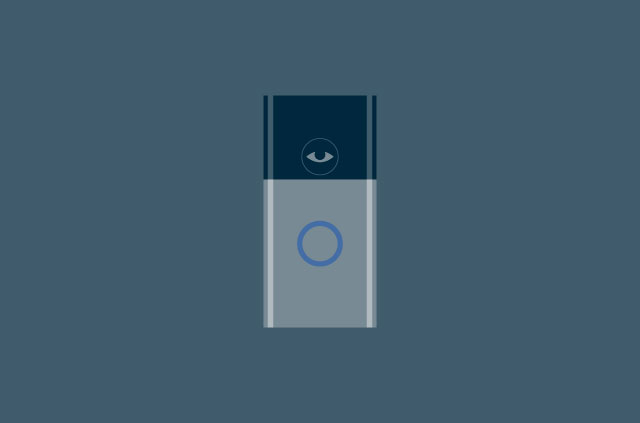
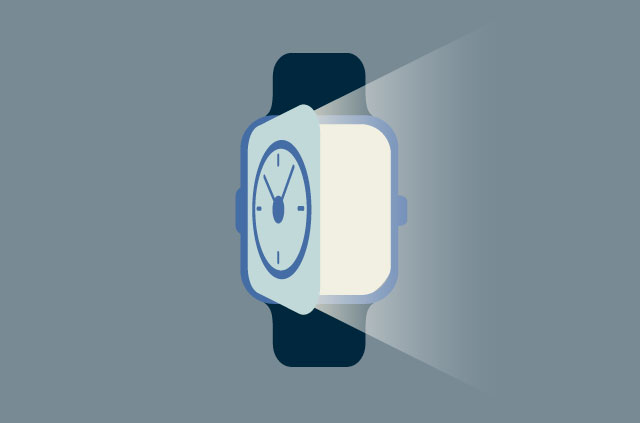
















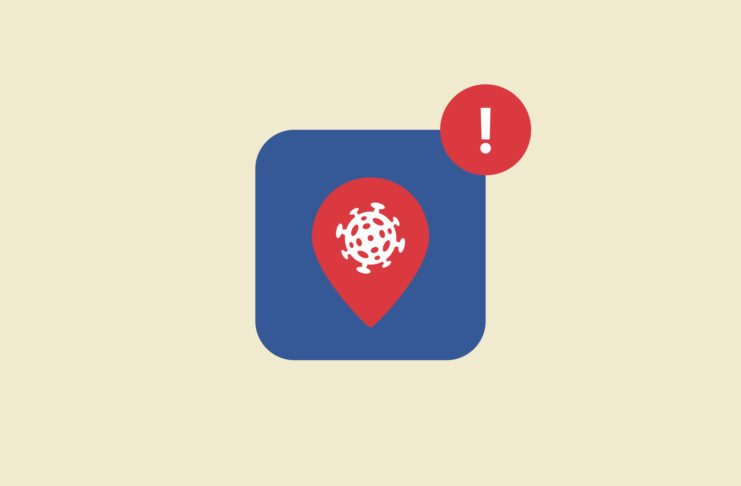
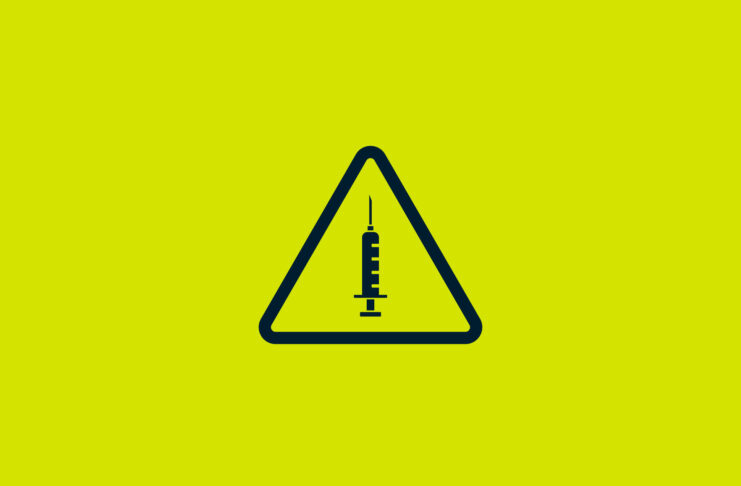
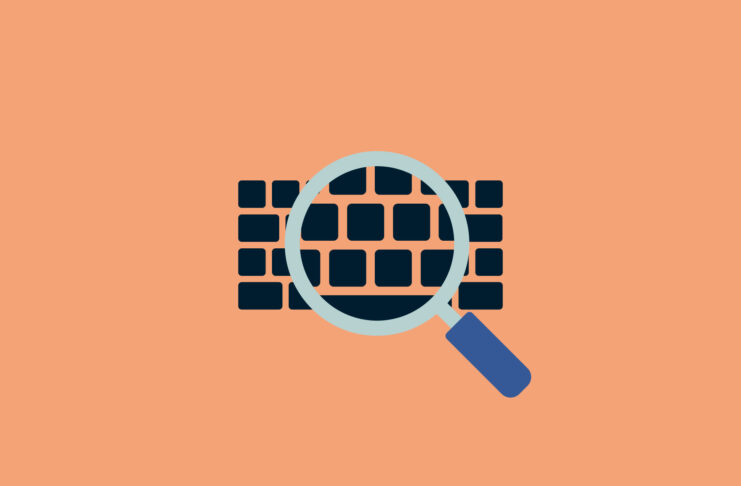




Comments
None of these exactly sound like a home run. I’ll either get Cox Homelife of Simplisafe I suppose.
This is nothing but a circle jerk for Nest/Ring. I like my Wyze and whoever posted this review is technologically incompetent if they can’t figure out how to calibrate motion detection.
Thank you for your reviews. Undoubtedly there are probably dozens of home CCTV products. As there are too many to review them all could you identify security and privacy considerations which would apply to most, if not all, home CCTV systems?
Okay, your review on the “Best home security camera systems for Privacy and Security”, provided four comparative security camera systems. However, based on the counter-point of Pro verses Con, I wouldn’t consider neither of these camera systems because, of their complete lack family Web Privacy. In my opinion, privacy and security go together like toast and jam. I own four Yi Home cameras that I networked through my router, and no longer record to the onboard SD card. As I once was able to do, was to play back any detected event, as it now appears, I must subscribe to Yi’s home cloud to review any alert the system has detected. Seems to me the Chinese government is taking a fond interest into Americana….
We have Wyze cameras, in our home, barn and chicken coop for a while now. 🙂 Very easy to set up. We have them on when we are away. We can just turn on to view or record an action that alerts us. Great when the power was going off and on during the fire times, we could tell we had power. They record every movement, sometimes too much, like a lovely moth flying by. You can activate by sound so it lets me know when the big dogs are barking. In the house it always alerts when our helpers com to feed the animals and barn. Strange that you have had so much trouble.
Nice comparison. Does SimpliSafe play in this arena?
You should have mentioned Netatmo Welcome, I use for my home. It’s a shame there is no v2 coming since it’s been on the market for a few years now.
It has a physical SD that allows it to continue recording events in case of an internet connection failure
Facial recognition, so it only uploads events to the cloud, not 24h (Granted it’s mostly standard nowadays)
Ability to turn off recording when it recognized me, so it really just records and uploads strangers
Finally, the argument that made me buy it: no idiotic subscription plan. My camera is connected to the internet, so I have just have to open a website and can watch the live-stream. Why can’t everyone manufcature do that ?
As for the Wifi security concerns, I set up a very long password and hid the SSID, that should help it
Cheers 🙂
PS: good point regarding the 2FA. It always amazes me that people are so unaware of this feature